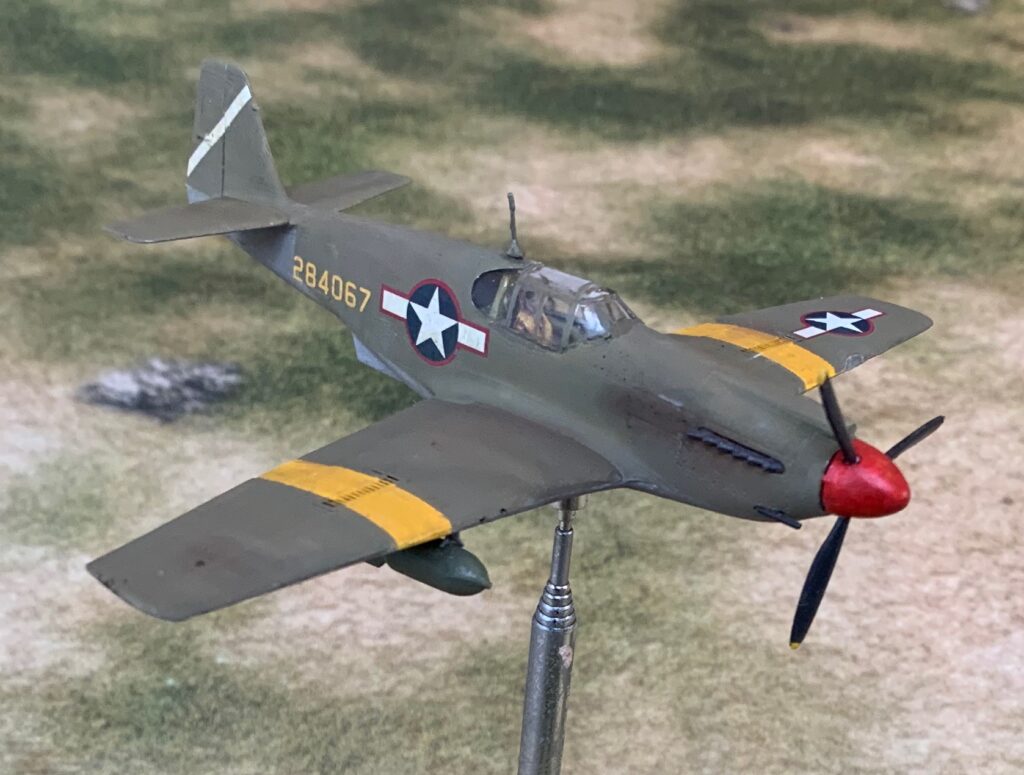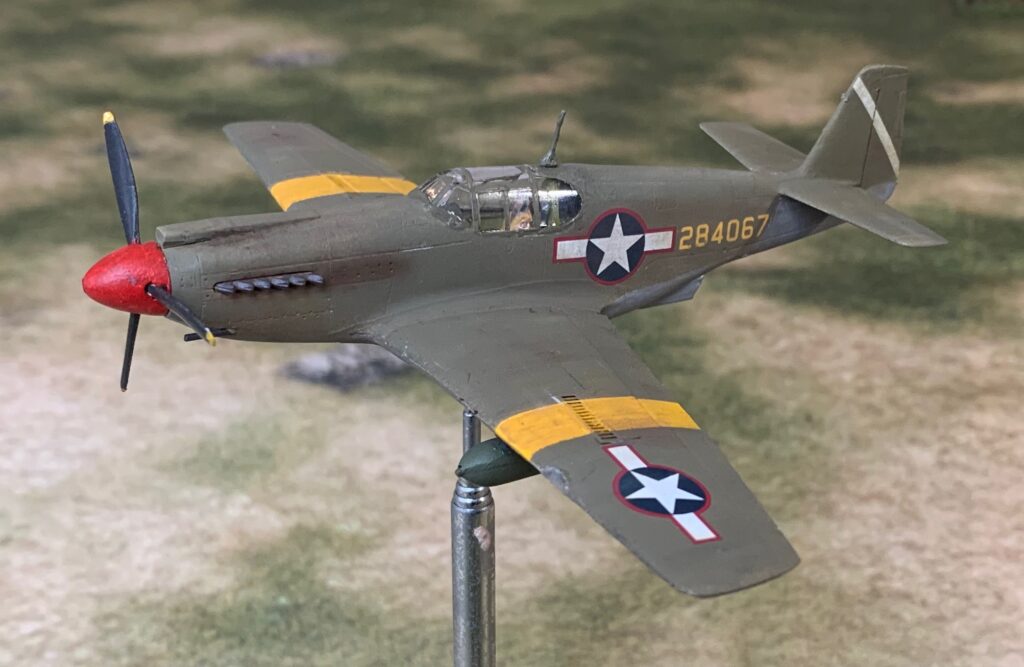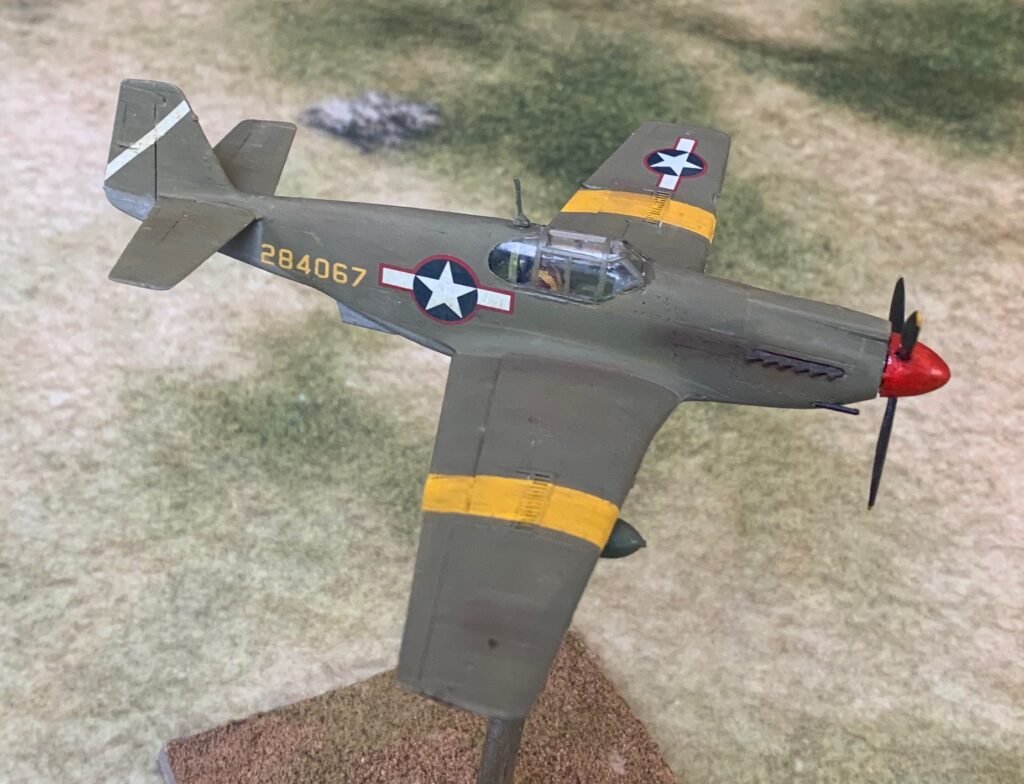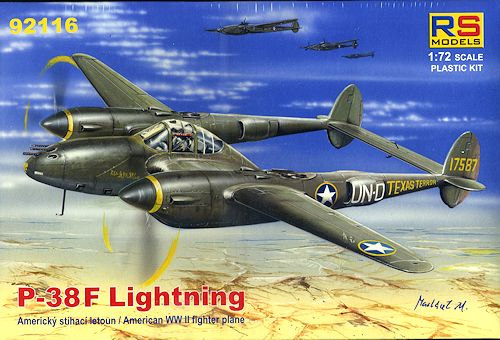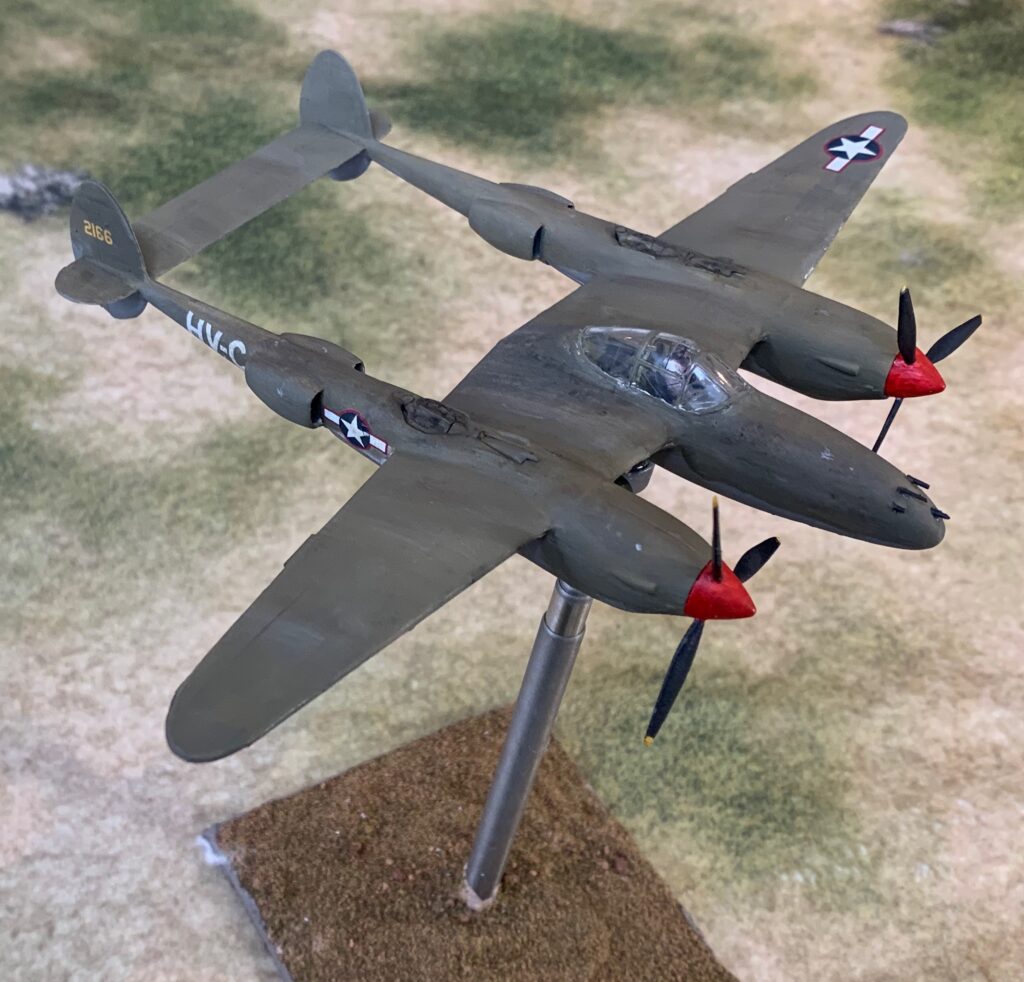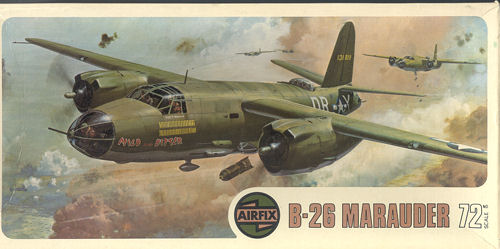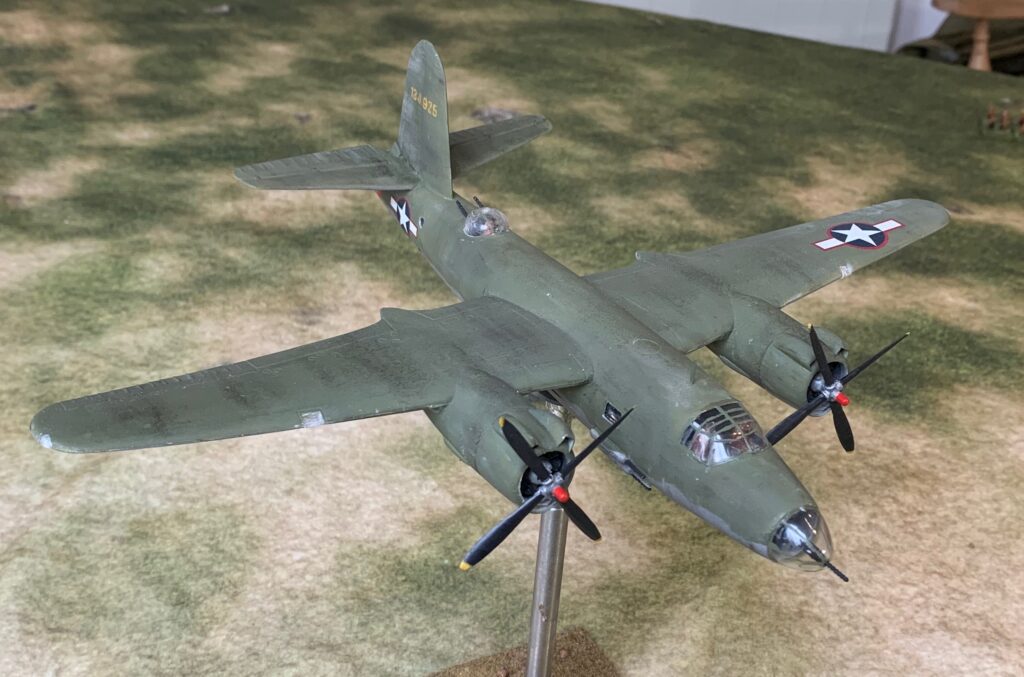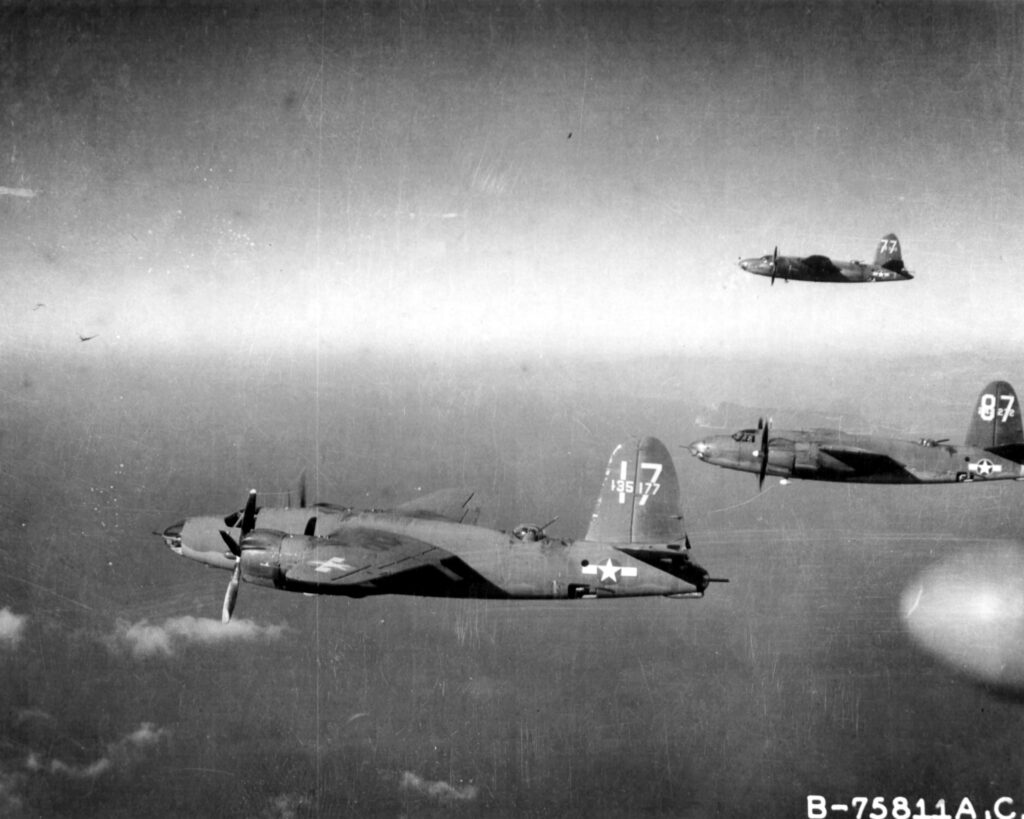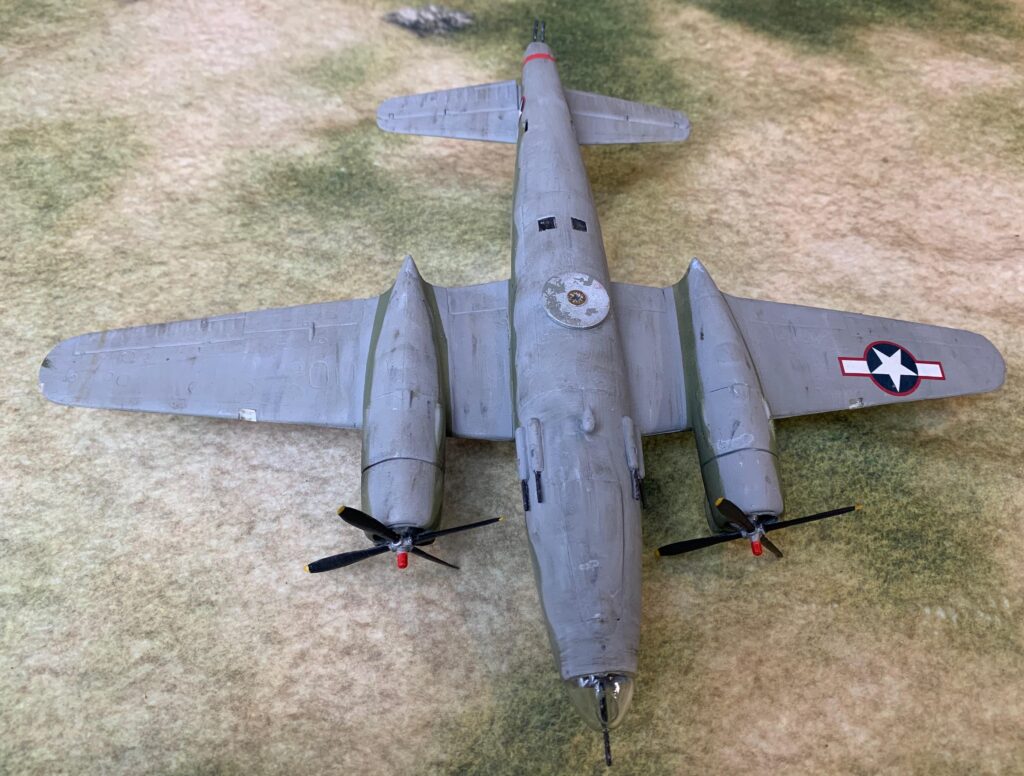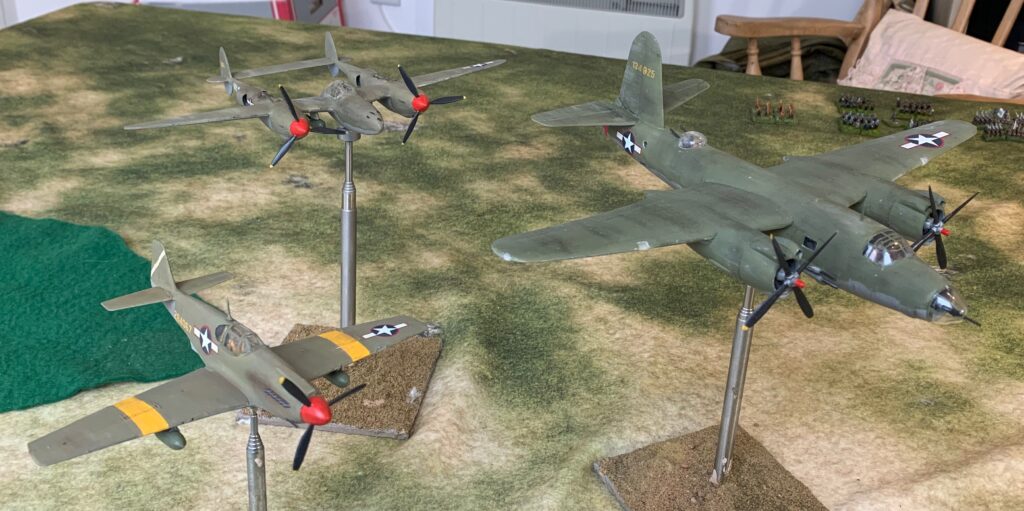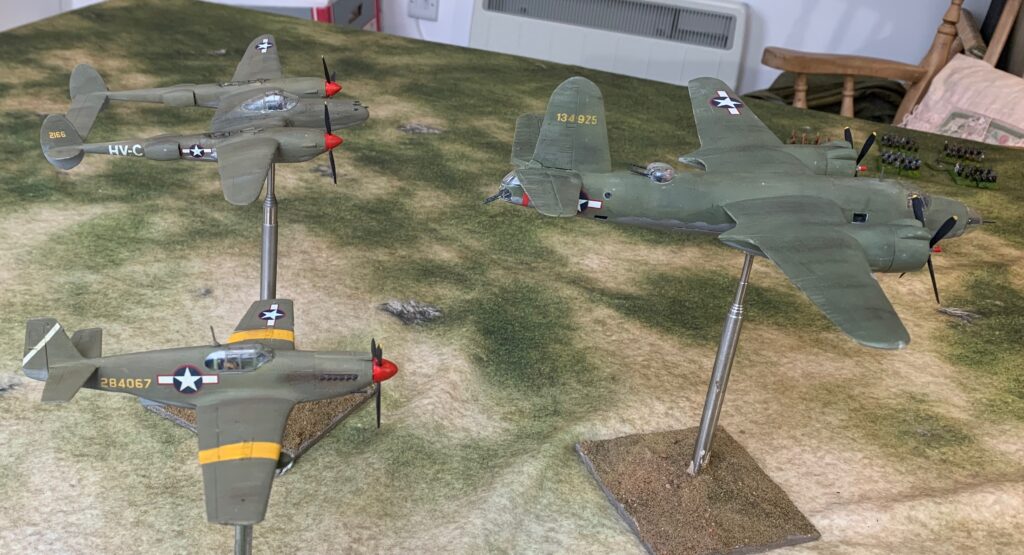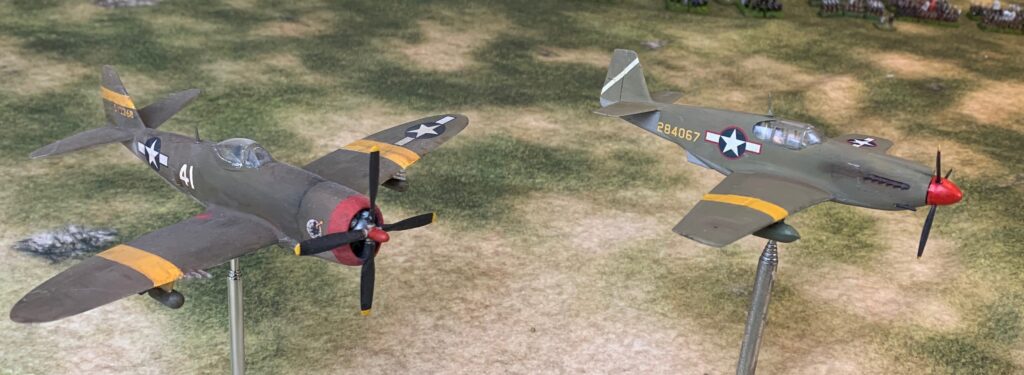I’ve had this book for some years, and I’ve grazed from it, especially its account of Ligny. But recently I reread it in its entirety, and that serves to help me refocus on Ligny. I last studied this battle in detail in 2018, producing this article, in which I voiced my frustration with English language historians. That included this book.
This book, of course, is only tangentially about Waterloo – but you need to get the W-word into the title for it to sell, especially if the N-word or the other W-word (i.e. Wellington) doesn’t work. There is a discussion of why Grouchy never made it to Waterloo, which I suppose is link enough.
What this is actually about is the right flank of Napoleon’s assault on Belgium in 1815, and Grouchy’s role in it in particular. As with his other works on this campaign, Mr Field’s brief is to present French sources, which are typically under-represented in English language writing. That gives it a lot of value – but one of my main frustrations with most military history is that it is written predominantly from one side’s sources, and from their point of view. For all that, Mr Field does mention Prussian sources where relevant. My main frustration with the work is the one I raised in my earlier post: he “lets the sources do the talking”. He often uses the quotations as a substitute for his own narrative, and he rarely tries to pull the accounts apart to throw light on what is likely to be inaccurate or belong to another episode in the battle.
The main attraction of this book is its accounts of the battles of Ligny and Wavre, alongside the combat at Gilly. For all the one-sidedness of the sources, the accounts are as clear as any I have read, and his overall judgements seem sound enough. It is notable that he emphasises that the Prussian army wasn’t crushed, as breathless French-sourced accounts tend to suggest. He does indulge in critiques of the various commanders’ decisions though. Most historians do this, though I prefer a little more of AJP Taylor’s “What happened and why” – still it does help to understand that there may have been better choices.
Ligny is my main focus. One of my planned focus points for 2023 (I hesitate to call it a New Year resolution) is this battle, moving towards reconstructing it on the tabletop using my newly developed rules. Alas probably solo. I had allowed myself to be a little diverted by Waterloo, and especially the Prussian role there. I am left with a number of puzzles about this battle:
- Why did Wellington, on his visit to the site before the battle, suggest that Blücher had deployed his men on forward slopes exposed to French artillery, drawing the riposte that Blücher “liked his men to see their enemy”. In fact the Prussians were so well concealed that Napoleon was confused as how many corps he was facing. Prussian reserves did have to cross a forward slope to reach Ligny, and did suffer – but their initial deployment was out of sight. Mr Field does not mention this. So much of the British reverse slope mythology is built on this episode – and yet I can’t believe that Wellington completely fabricated the story (though there are no corroborating witnesses).
- Where did Vandamme’s corps start the battle? Almost all maps of the battle show it to the west of the St Armand complex, to the right of Girard’s division of Reille’s corps. That leaves a large gap between it and Gérard’s corps. Mr Field remarks on this gap but moves on. I think it is likely that the corps was in fact to the right of Gérard and astride the road out of Fleurus towards St Armand. This is what the language of the French sources suggests, and it also explains how these units came under artillery fire as they approached, as the first-hand accounts suggest, though these aren’t entirely reliable. An early Prussian map shows the corps in the westerly position and I think that most people have simply followed this.
- How did the Prussians lose? The big question. They had more men and a decent defensive position. They just seemed to burn through their men more quickly in the two built-up areas. But why? Reinforcements had to expose themselves to French artillery, but that hardly seems enough to account for this. Mr Field does not address this question directly, but his assessment of the casualties on both sides does throw some light on it. They were similar, once you take out the desertions from some Prussian units. That suggests that the casualties in the street fighting were roughly similar – but that the stamina of the French was much better (a bit like the success of the British infantry at Albuera). I think the presence of so many recently established landwehr units (the Westfalian and Elbe units were formed only in 1814) may account for this. It also suggests that the advantage to defenders of built-up areas, a prominent feature of Blucher rules among many others, needs to be rethought.
- What happened to the Prussian units that fought in Ligny? Reading the account of the battle, you would think that the Prussian units fed into the village disappeared, but this is clearly nonsense, as they turn up later, but depleted, at Waterloo. Mr Field adds something rather interesting. At the point of the famous Guard attack on the village, there seemed to be few Prussians actually in occupation – accounting for its rapid success in taking the village. This suggests that the Prussian command had been pulling out exhausted units, and had effectively abandoned the village by the time the Guard struck, leaving the defence principally to the cavalry as the French came out of the village.
- Could d’Erlon’s intervention have been decisive? The standard French account of any lost battle is that but for one missed opportunity the battle would have been a triumph. In this case d’Erlon’s failure to arrive with his whole corps, and the hesitancy of the troops that did make it, was the missed opportunity. They could have cut off the Prussian retreat and helped nearly annihilate the Prussian army. The first problem with this is that they did not turn up where Napoleon had intended them to – on the road from Quatre Bras. This would have taken them right into the Prussian rear. But this was never a possibility (and Blucher would not have stood at Ligny, or not in the deployment he did, had this been a realistic possibility). Wellington’s army was in the way – a fact that Napoleon had no understanding of. The second problem is that he turned up pretty late, at about 6pm. As Mr Field points out, the Prussians hadn’t collapsed at this point and (though he doesn’t say this), may already have been contemplating withdrawal. D’Erlon may simply have hastened the Prussian withdrawal, rather than annihilating the army.
These are the questions that I hope my efforts will throw some light on!


